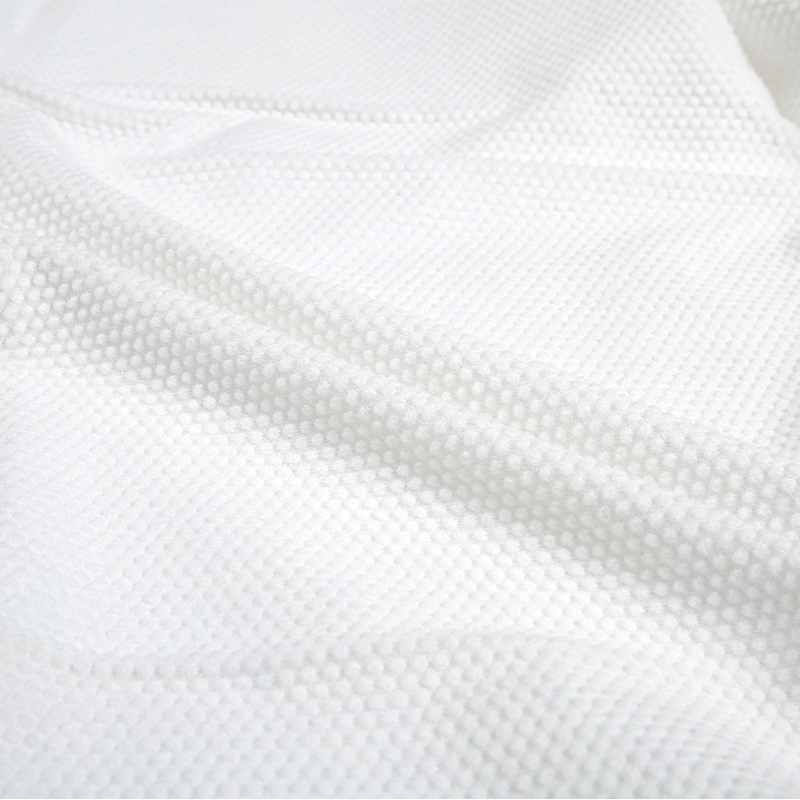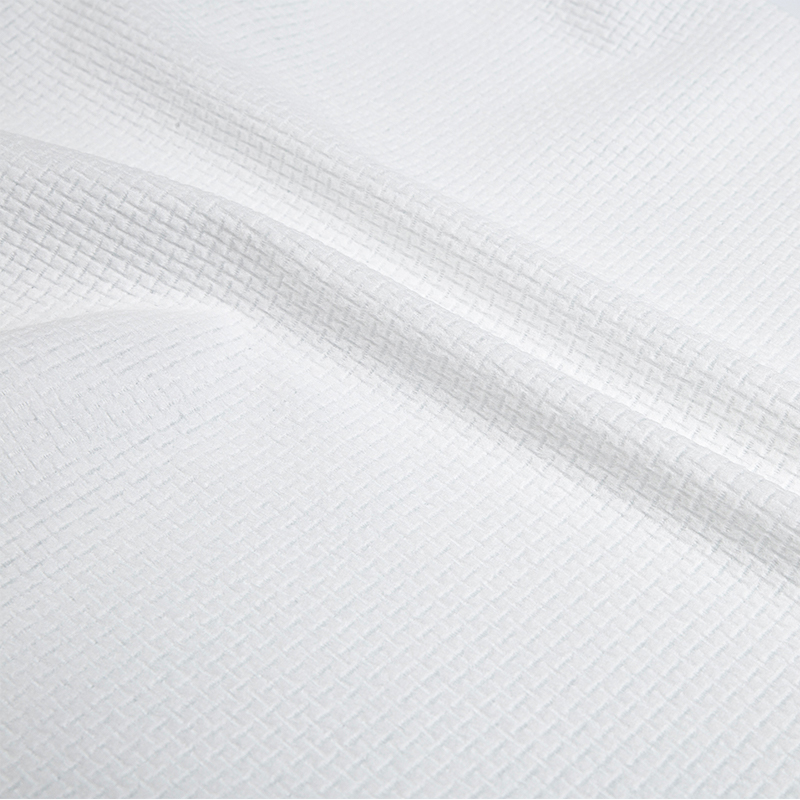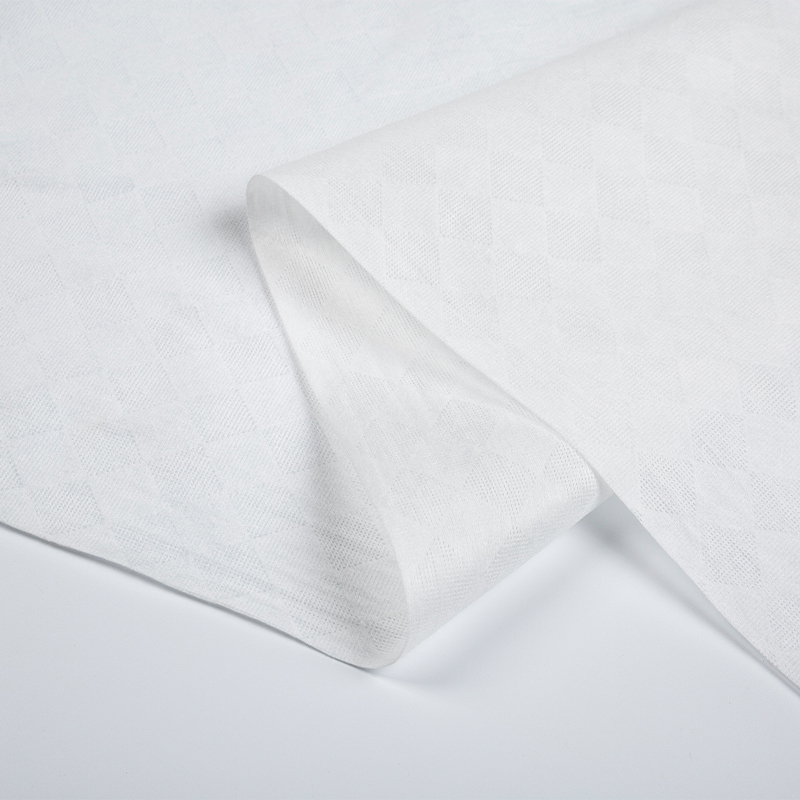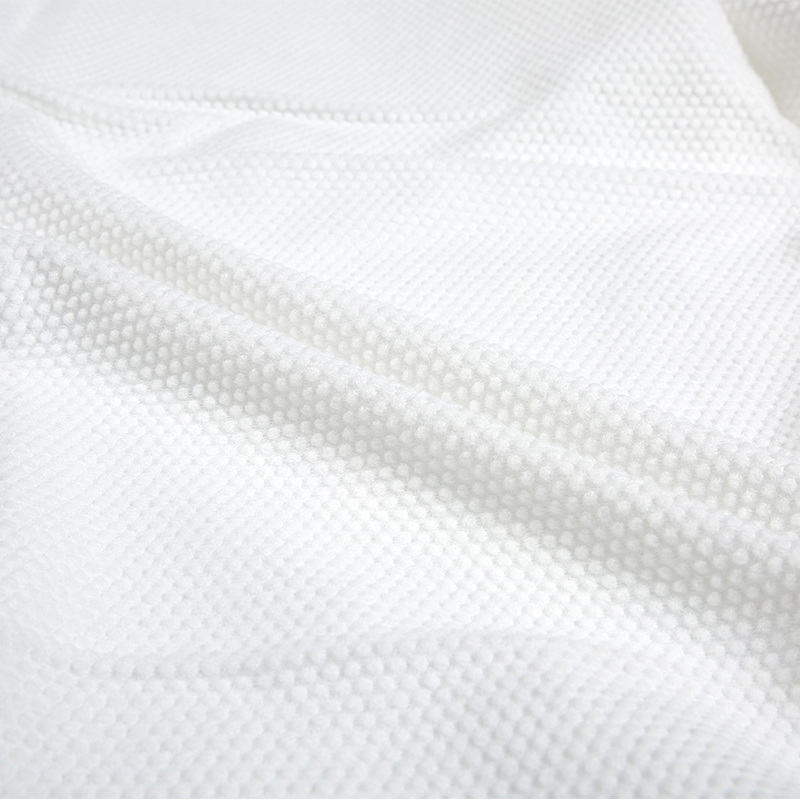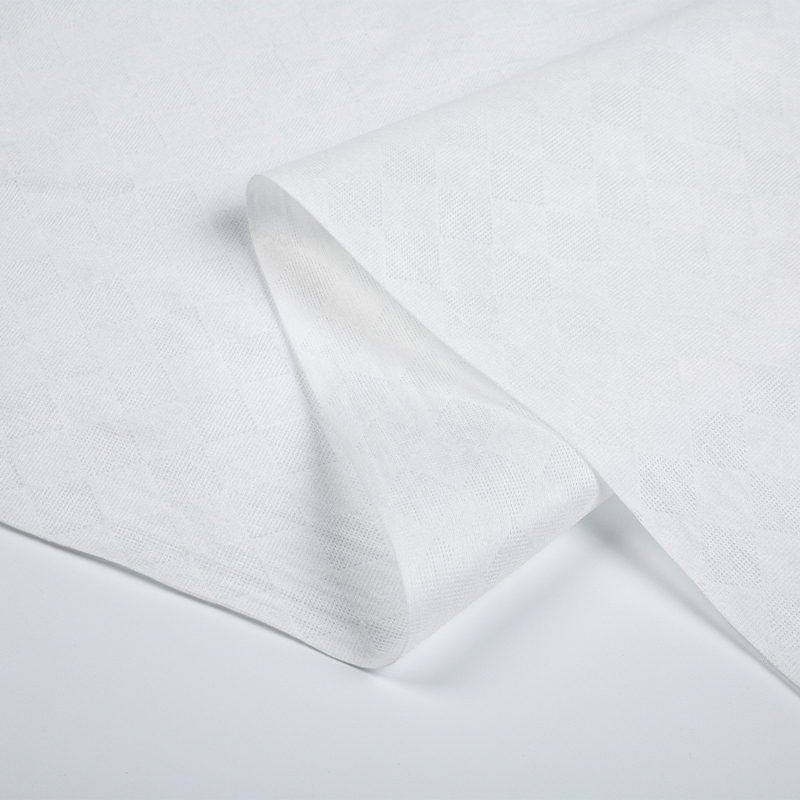Founded in 2022, Hangzhou Shunlong Nonwovens Technology Co., Ltd. is a professional China nonwoven fabric manufacturer and non-woven raw material factory
Spunlace Nonwoven Fabric, as a new type of environmentally friendly material, has shown broad application prospects in many fields such as medical care, home decoration, clothing and industrial wiping in recent years. Its unique fiber interweaving structure and excellent performance characteristics are inseparable from the exquisite combination of multiple raw materials, among which low-melting-point fiber plays a pivotal role.
Characteristics of low-melting-point fiber
Low-melting-point fiber refers to synthetic fibers with a melting point lower than that of general polyester fibers, such as low-melting-point polyester and low-melting-point polyester. When these fibers are heated to a certain temperature (usually 110-150°C), their cortex can quickly melt and produce a bonding effect to form a stable fiber network structure. Low-melting-point fibers not only have excellent thermal bonding properties, but are also easy to mix with other fibers, showing good elasticity and softness, providing important technical support for the production of spunlace nonwoven fabrics.
Role in the production of Spunlace Nonwoven Fabric
In the production process of Spunlace Nonwoven Fabric, the role of low-melting-point fibers is mainly reflected in the following aspects:
Enhance the bonding force between fibers: The spunlace method interweaves the fibers through high-pressure water jets, and the addition of low-melting-point fibers can further enhance the bonding force between fibers and improve the strength and stability of nonwoven fabrics through the melting and bonding of their cortex during the subsequent heat treatment process. This dual combination of physics and chemistry makes spunlace nonwoven fabrics less likely to deform or break when subjected to external forces.
Optimize product performance: The addition of low-melting-point fibers can also significantly improve the feel, softness and hygroscopicity of Spunlace Nonwoven Fabric. Since low-melting-point fibers can fill the gaps between fibers after melting, the surface of nonwoven fabrics is smoother and more delicate, and the touch is softer and more comfortable. At the same time, its good hygroscopicity also makes nonwoven fabrics more widely used in medical, sanitary and other fields.
Broaden the application field: The introduction of low-melting-point fibers enables spunlace nonwoven fabrics to further meet the needs of specific fields while maintaining their original excellent performance. For example, in the medical and health field, the addition of low-melting-point fibers can improve the antibacterial properties and biocompatibility of non-woven fabrics; in the field of home decoration, it can enhance the durability and aesthetics of non-woven fabrics.
Key links in the production process
In the production process of spunlace nonwoven fabrics, the addition of low-melting-point fibers needs to be precisely controlled. First, in the raw material preparation stage, low-melting-point fibers need to be mixed with other fibers (such as polyester, nylon, etc.) in a certain proportion to ensure the uniform distribution of the fibers. Subsequently, during the wet forming and spunlace process, the fibers are interwoven into a web by the spraying action of high-pressure water flow. Finally, in the heat treatment stage, the cortex of the low-melting-point fibers is melted and bonded by controlling the heating temperature and time, thereby completing the shaping of the non-woven fabric.
Environmental protection and sustainable development
It is worth mentioning that the application of low-melting-point fibers in the production of Spunlace Nonwoven Fabric also embodies the concept of environmental protection and sustainable development. Since the spunlace method usually does not involve the use of harmful chemicals, and the discarded fiber materials can be recycled and reused, the entire production process has little impact on the environment. At the same time, with the advancement of technology and the innovation of materials, more environmentally friendly low-melting point fibers will be developed in the future, further promoting the green development of the spunlace nonwoven industry.
Low-melting point fibers play a vital role in the production of spunlace nonwovens. Their unique thermal bonding properties and good physical properties not only improve the strength and stability of nonwovens, but also broaden their application areas. With the continuous advancement of technology and the continuous expansion of the market, the application prospects of low-melting point fibers in the spunlace nonwoven industry will be broader.
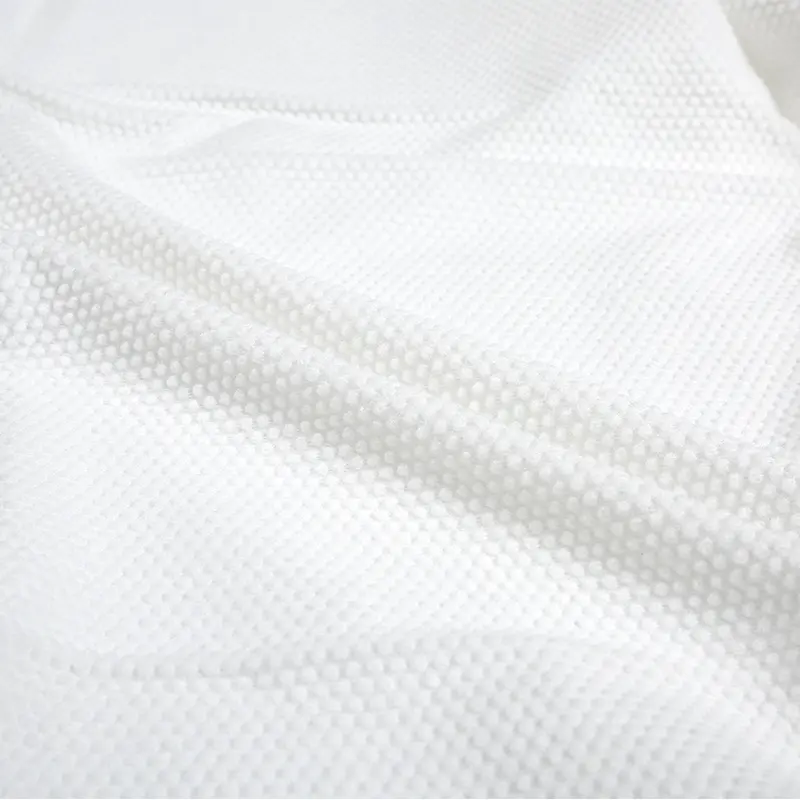

 English
English 日本語
日本語 русский
русский Español
Español